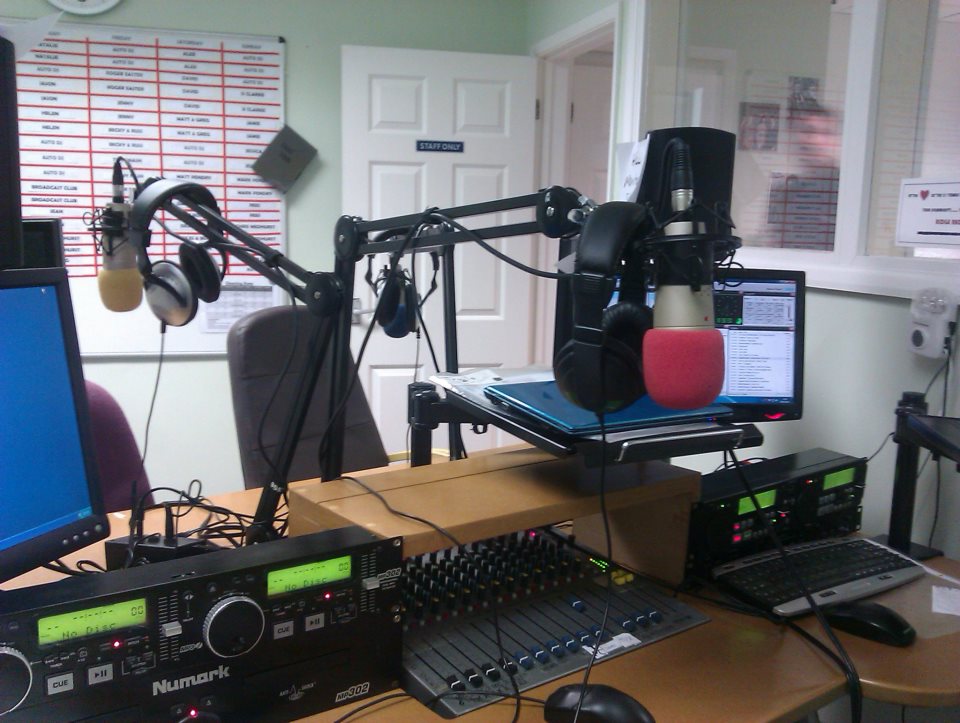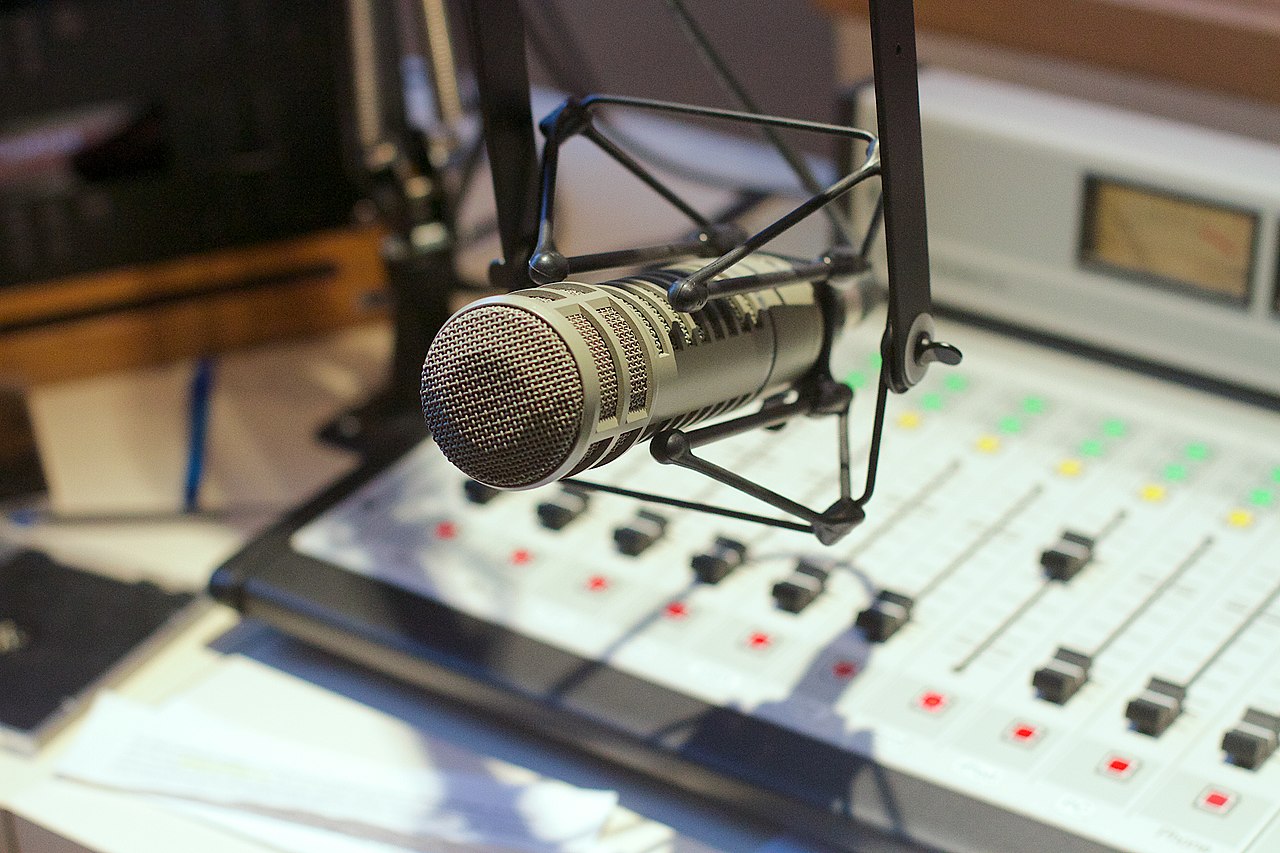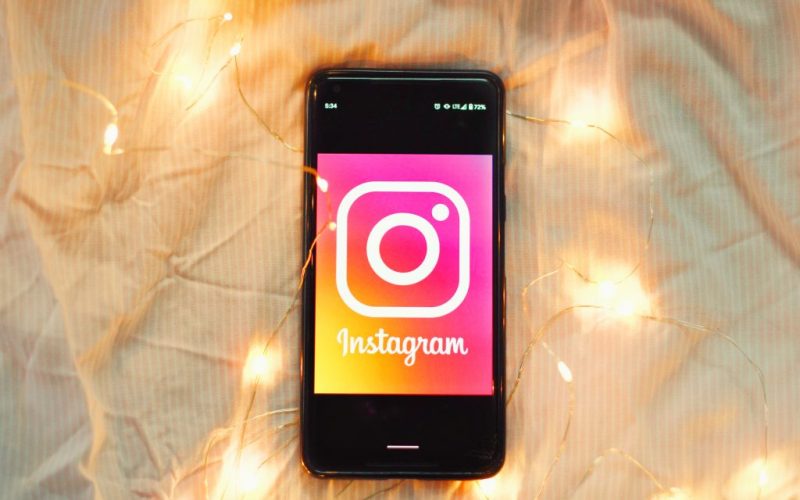Radio can be an effective and cost-efficient way to reach your target audience and promote your brand or products. However, to achieve success in your radio advertising campaigns, it’s crucial to approach media buying strategically and thoughtfully. In this article, we will discuss 10 key tips for radio media buying, covering everything from audience research to evaluating results.
Table of Contents
- Know Your Audience:
- Define Your Objectives:
- Research Radio Stations and Programs:
- Negotiate Rates and Packages:
- Plan Your Campaign Schedule:
- Create Compelling Ads:
- Monitor and Optimize Your Campaign:
- Build Relationships with Radio Stations:
- Consider Integrated Campaigns:
- Evaluate Results and Learn for Future Campaigns:
- Conclusion
Know Your Audience:
To understand your target audience is the foundation of any successful advertising campaign. Before you start your radio media buying process, conduct thorough research to identify your target audience’s demographics, interests, preferences, and listening habits. This will help you select the right radio stations and programs that align with your audience’s interests and maximize your campaign’s effectiveness.

For example, if you are promoting a fitness product, targeting radio stations with programs that focus on health, wellness, and fitness content would be more relevant to your audience compared to stations that play primarily music or talk shows. Knowing your audience will help you make informed decisions when selecting radio stations and programs for your media buying efforts.
Define Your Objectives:
Clearly defining your advertising objectives is essential to ensure that your efforts align with your overall marketing goals. Do you want to get more people to visit your website, get more leads, or make more sales? Having specific and measurable objectives will help you determine the success of your radio advertising campaign and guide your media buying decisions.
For example, if your objective is to drive website traffic, you may want to focus on radio stations that have a strong online presence or offer digital advertising options, such as sponsored content on their website or social media promotion. Defining your objectives will help you tailor your media buying strategy to achieve your desired outcomes.
Research Radio Stations and Programs:
Once you know your audience and objectives, it’s time to research radio stations and programs that align with your campaign goals. Consider factors such as station format, target audience demographics, reach, and coverage area. Look for stations that have a strong listenership among your target audience and offer advertising options that fit your budget and objectives.
For example, if you are targeting a younger audience, you may want to consider radio stations that play contemporary music or have youth-oriented programs. If you are targeting a specific geographic area, look for stations that have a wide coverage area in that region. Researching radio stations and programs thoroughly will help you make informed decisions and select the most relevant and effective media outlets for your campaign.
Negotiate Rates and Packages:
Once you have identified potential radio stations and programs for your media buying efforts, it’s time to negotiate rates and packages. Radio stations often offer different advertising options, including spot ads, sponsorships, endorsements, and promotions, each with its own pricing structure. It’s essential to negotiate rates and packages that fit within your budget while maximizing the impact of your campaign.
When negotiating rates, consider factors such as the time of day, the day of the week, and seasonality, as they can impact the cost of advertising. For example, peak times like morning and evening drive times or weekdays may have higher rates compared to off-peak times. Negotiating favourable rates and packages can help you get the most value out of your media buying budget and optimize your campaign’s performance.
Plan Your Campaign Schedule:
Planning your campaign schedule is crucial to ensure that your ads are aired at the right times and frequency to reach your target audience effectively. Consider factors such as your advertising objectives, budget, and the availability of ad slots when planning your campaign schedule.
For example, if your objective is to create brand awareness, you may want to spread your ads evenly throughout the day to reach a broad audience. If your objective is to drive sales, you may want to focus your ads during peak times when your target audience is more likely to be listening. It’s also important to consider the duration of your campaign, whether it’s a short-term burst campaign or a long-term sustained campaign.
Create Compelling Ads:
The content and quality of your radio ads play a critical role in the success of your media buying efforts. Your ads should be engaging, relevant, and resonate with your target audience. Use simple and clear language that conveys your message effectively, and avoid complex sentences that may confuse listeners.
Consider the tone and style of your ads, whether you want them to be humorous, emotional, informative, or persuasive, based on your brand’s personality and the desired response from your audience. Be sure to include a strong call-to-action that gets people to do something, like visit your website, call a number, or buy something.
Monitor and Optimize Your Campaign:
Once your radio advertising campaign is live, it’s crucial to monitor its performance and optimize it as needed to ensure maximum effectiveness. Use tracking tools and analytics to measure key performance indicators (KPIs) such as reach, frequency, response rate, and return on investment (ROI).
Analyze the data and insights from your campaign to identify areas of improvement and make necessary adjustments. For example, if you notice that your ads are not performing well during certain times of the day, you may want to adjust your schedule. If you find that your ads are resonating well with a particular audience segment, you may want to allocate more budget towards that segment. Continuously monitoring and optimizing your campaign will help you make data-driven decisions and improve the performance of your media buying efforts.
Build Relationships with Radio Stations:
Building relationships with radio stations can be beneficial for your media buying efforts. Establishing a strong rapport with station managers, sales representatives, and other stakeholders can lead to better negotiation opportunities, preferential rates, and additional promotional opportunities.
Maintain open communication with the stations, provide feedback on your campaign, and express your interest in future collaborations. Building mutually beneficial relationships with radio stations can enhance your media buying strategy and result in long-term partnerships that benefit your brand.
Consider Integrated Campaigns:
Radio media buying can be even more effective when combined with other advertising channels as part of an integrated marketing campaign. Consider how radio ads can complement other marketing efforts such as digital advertising, social media, print, or outdoor advertising.
For example, you can create a consistent message across different channels, use radio ads to drive traffic to your official website or social media pages, or leverage radio endorsements to boost credibility and trust. Integrated campaigns can amplify the impact of your efforts and provide a cohesive and holistic brand experience for your audience.
Evaluate Results and Learn for Future Campaigns:
After your radio advertising campaign has concluded, it’s essential to evaluate the results and learn from your experience for future campaigns. Review your campaign’s performance against your objectives and KPIs, and analyze the data to identify successes, challenges, and opportunities for improvement.
Based on your findings, refine your media buying strategy for future campaigns. For example, if you find that certain radio stations or programs performed exceptionally well, consider allocating more budget towards those outlets in future campaigns. If you encounter challenges in reaching your target audience, consider refining your audience research or adjusting your ad content. Continuously learning from your campaigns and applying those insights to future efforts will help you optimize your media buying strategy and achieve better results.
Conclusion
Radio media buying can be a powerful tool to reach your target audience and promote your brand or products. By following these 10 key tips, including understanding your audience, defining your objectives, researching radio stations and programs, negotiating rates and packages, planning your campaign strategically, creating compelling ads, monitoring and optimizing your campaign, building relationships with radio stations, considering integrated campaigns, and evaluating results, you can optimize your media buying efforts and drive successful outcomes.
Remember to always stay informed about your target audience and their preferences, stay up-to-date with industry trends and radio station ratings, and be willing to adapt and refine your approach based on data and insights. With careful planning, thoughtful execution, and continuous improvement, radio media buying can be a valuable component of your overall advertising strategy, helping you connect with your audience and achieve your marketing objectives. So go ahead and use these tips to drive results for your brand!












